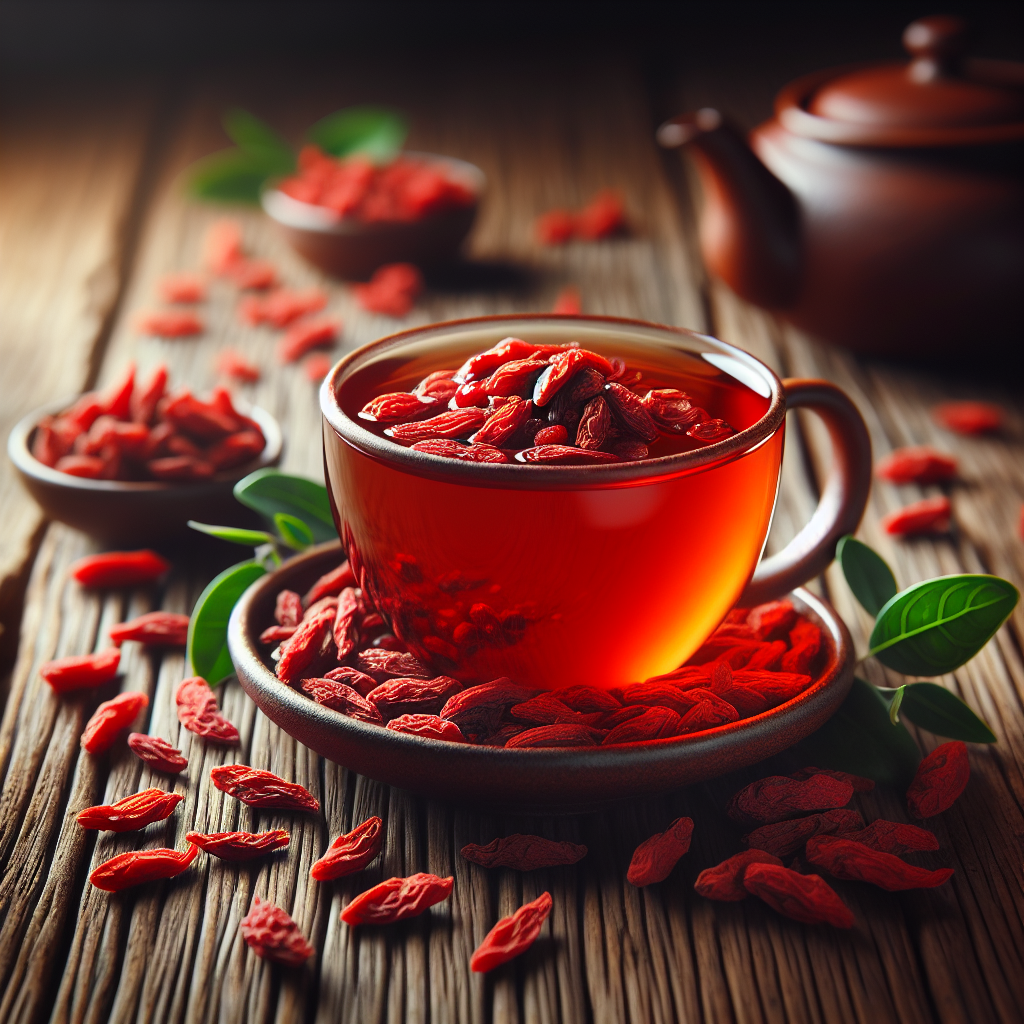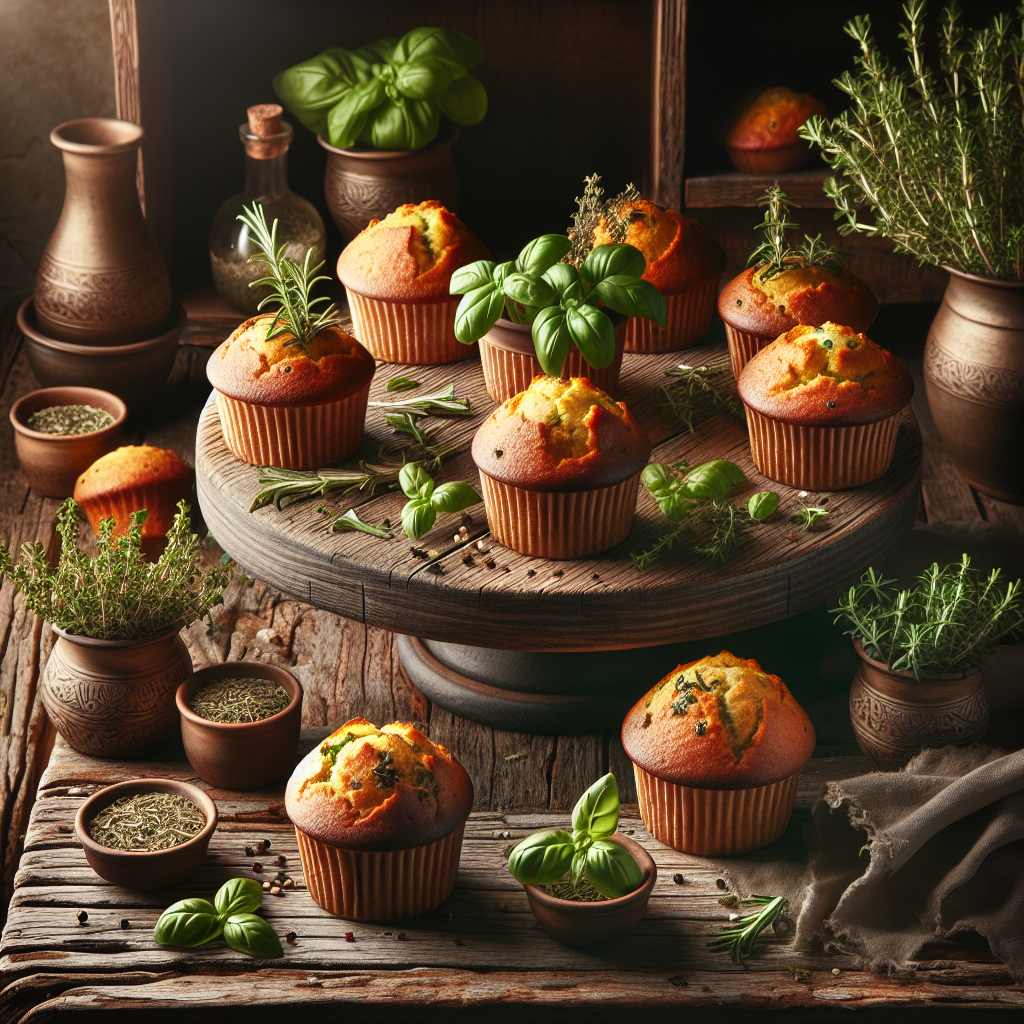Introduction: The Bridge Between Kitchen and Apothecary
 In Traditional Chinese Medicine (TCM), food and medicine are not separate—they are partners in daily wellness. The same roots, berries, and flowers used for centuries in tonics can also be simmered in soup, baked into bread, or blended into smoothies.
In Traditional Chinese Medicine (TCM), food and medicine are not separate—they are partners in daily wellness. The same roots, berries, and flowers used for centuries in tonics can also be simmered in soup, baked into bread, or blended into smoothies.
Cooking with Chinese herbs is not complicated or mysterious. It’s about understanding the energy and function behind each ingredient—warming, cooling, nourishing, or detoxifying—and applying them in simple, delicious ways.
In this guide, you’ll learn how to use Chinese herbs safely in everyday cooking, what to pair them with, and how to make your meals both nutritious and therapeutic.
Table of Contents
-
What Makes Chinese Herbs Unique
-
How to Choose Herbs for Cooking
-
Key Cooking Methods: Soups, Teas, Breads & More
-
Balancing Flavor and Function
-
Safety and Sourcing Tips
-
Example Recipes & Pairings
-
Science Meets Tradition
-
Common Questions
-
Related Links and Educational Resources
1️⃣ What Makes Chinese Herbs Unique
Every Chinese herb carries temperature, taste, and target organ properties. For example:
| Property | What It Does | Example Herbs |
|---|---|---|
| Warming | Boosts circulation and Yang energy | Ginger, Cinnamon, Ginseng |
| Cooling | Calms inflammation and excess heat | Chrysanthemum, Scutellaria |
| Neutral | Gently nourishes and restores | Milkvetch Root, Goji Berry |
| Moistening | Restores Yin, supports fluids | Lily Bulb, Dendrobium |
| Drying | Resolves dampness and stagnation | Tangerine Peel, Poria |
Understanding these properties helps you choose herbs that balance your body with the seasons and your constitution.
2️⃣ How to Choose Herbs for Cooking
| Goal | Herbs to Try | Typical Use | Notes |
|---|---|---|---|
| Boost Daily Energy | Milkvetch (Huang Qi), Codonopsis (Dang Shen) | Broths, rice soups | Tonifies Qi, builds stamina |
| Support Digestion | Ginger (Sheng Jiang), Aged Tangerine Peel (Chen Pi), Hawthorn (Shan Zha) | Teas, sauces | Relieves bloating and heaviness |
| Calm the Mind | Jujube (Da Zao), Albizzia Flower (He Huan Hua) | Teas, porridges | Gently soothes stress |
| Nourish Blood and Essence | Goji Berry (Gou Qi Zi), Chinese Yam (Shan Yao) | Desserts, congee | Promotes vitality and vision |
| Detoxify and Cool | Chrysanthemum (Ju Hua), Dandelion (Pu Gong Ying) | Teas, soups | Clears internal heat |
Start with familiar flavors like Goji or Ginger before exploring stronger-tasting herbs.
3️⃣ Key Cooking Methods
A. Soups and Broths
The foundation of herbal cuisine.
-
Combine Milkvetch, Codonopsis, and Goji with chicken or mushrooms.
-
Simmer 45–60 minutes.
-
Remove woody roots before serving.
Result: a gentle Qi-tonic broth perfect for energy and immunity.
B. Herbal Teas
-
Use 1–2 tsp mild herbs like Goji Berries or Chrysanthemum.
-
Steep 10–15 minutes for a light infusion.
-
For deeper nourishment, simmer stronger roots (Huang Qi, Rehmannia) for 30 minutes.
C. Congee (Rice Porridge)
-
Add Chinese Yam, Lotus Seed, or Jujube to slow-cooked rice.
-
Sweeten with honey or add dates for balance.
This is a classic TCM breakfast that strengthens digestion.
D. Baking with Herbs
Herbs can enhance breads, muffins, and snacks.
-
Mix 1 Tbsp Huang Qi powder into dough or granola.
-
Combine earthy herbs with nuts, oats, or honey for a mild flavor.
E. Desserts and Smoothies
Modern chefs are blending herbs into desserts like Wolfberry Gelato.
-
Blend Goji Berries, coconut milk, and honey for a creamy antioxidant dessert.
-
Add herbal ice cubes or tincture drops into smoothies for extra nutrition.
4️⃣ Balancing Flavor and Function
| Flavor | Function | Balancing Tips |
|---|---|---|
| Sweet | Strengthens, harmonizes | Pair with grains and nuts |
| Bitter | Clears heat, detoxifies | Use sparingly with cooling herbs |
| Pungent | Promotes movement | Add fresh ginger or garlic |
| Sour | Astringes and preserves fluids | Balance with honey or jujube |
| Salty | Softens hardness | Combine with seaweed or miso |
Each meal should have a balance of taste, temperature, and texture. This is what transforms a recipe into a healing meal.
5️⃣ Safety and Quality
-
Buy from trusted suppliers. Always use food-grade, lab-tested herbs (like those from 1st Chinese Herbs).
-
Start with small amounts. Usually 1–3 grams per serving.
-
Avoid random wild herbs. Quality and identification matter.
-
Consult professionals if pregnant or taking medications.
✅ Good herbs smell clean and earthy—not musty or metallic.
6️⃣ Example Recipes
Milkvetch Energy Soup
Ingredients:
Huang Qi 2 oz · Dang Shen 1 oz · Goji Berries 1 Tbsp · 6 cups broth · 2 slices ginger · chicken or tofu.
Directions:
Simmer 1 hour; remove roots; season lightly.
→ Strengthens Qi and supports stamina.
Goji Berry Dessert Soup
Ingredients:
Goji Berries 2 Tbsp · Jujube 3 pcs · Lotus Seeds 1 Tbsp · Rock Sugar to taste · 4 cups water.
Simmer 30 minutes. Serve warm or chilled.
→ Nourishes Yin and supports eyesight.
7️⃣ Science Meets Tradition
-
Goji Berry: Shown to improve antioxidant capacity (PubMed ID 19903300)
-
Milkvetch Root: Studied for immune modulation (PubMed ID 33978116)
-
Ginger: Enhances digestive enzymes (PubMed ID 35129481)
Modern research continues to validate what ancient practitioners observed through experience.
8️⃣ Common Questions (FAQ)
Q: Can I eat the herbs directly after cooking?
A: Most roots are too fibrous—strain them out. Soft herbs like Goji or Jujube can be eaten.
Q: How often can I cook with herbs?
A: Mild herbs like Goji or Huang Qi can be used daily; stronger herbs should be occasional.
Q: Can kids enjoy herbal foods?
A: Yes, in gentle doses. Always use food-grade herbs and avoid overly bitter or potent varieties.
Q: What if the flavor is too strong?
A: Balance with honey, ginger, or jujube to soften bitterness.
This content is for educational purposes only. Statements have not been evaluated by the FDA. Products are not intended to diagnose, treat, cure, or prevent disease. Consult a qualified health professional before beginning any herbal program.


